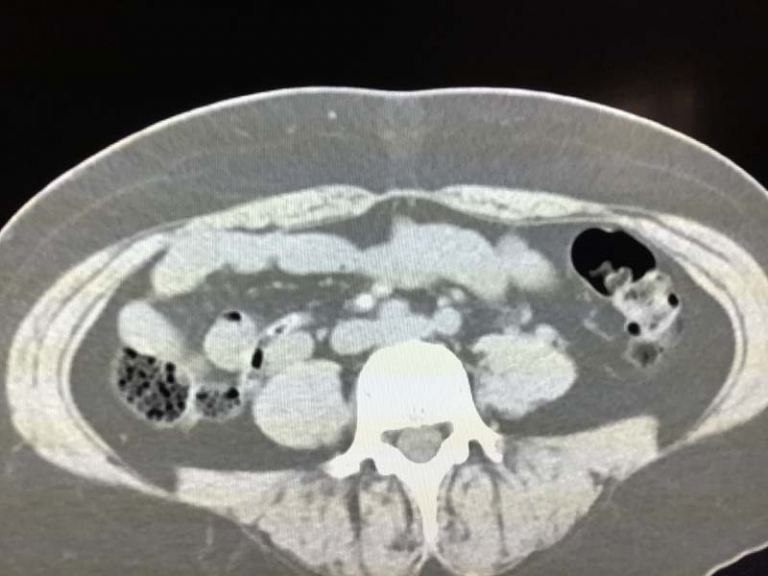Can’t Rule Out Cancer – What Does It Mean?
“Can’t rule out cancer” is a phrase that is sometimes found in reports. This can obviously cause a lot of patient anxiety. The phrase basically means that the radiologist can not say for sure whether cancer is not present. This tells the referring doctor who ordered the test that additional testing is needed. That the abnormality is not definitely benign.
What does the radiologist mean when he uses this phrase?
“Can’t rule out cancer” can be found across all types of imaging studies. It is often listed with the most probable diagnosis which may be benign, but this phrase means that there is still some probability of cancer being present. This can be found on initial diagnostic studies or follow up exams on patients with cancer.
Unfortunately imaging studies are very good at showing many types of abnormalities, but not so good at telling us what they are in some cases. Fortunately, we have other imaging tests and more invasive biopsies to try to tell us what an abnormality is.
Does “can’t rule out cancer” mean I should be worried?
I personally think that to the patient should not jump to any conclusions if they see this in a report. Further testing is needed. The good new is that the appearance is not typical for cancer. The bad news is that further testing is needed. Perhaps an old exam is available showing stability of the finding or a clinical history which explains the finding.
What are some example of “can’t rule out cancer”?
A lung nodule or a spot in the lung under a centimeter is one example of a likely benign abnormality for which cancer can not be ruled out. We have guidelines available to follow the nodule under a centimeter. Those above a centimeter need to be worked up more aggressively. This can include a pet scan or biopsy. Comparison with prior exams will be most helpful.
Diverticulitis or inflamed diverticulum or colon can look like colon cancer. Sometimes the radiologist will describe the diverticulitis and say that cancer can’t be ruled out. This is because the imaging appearance of diverticulitis and colon cancer can overlap. This can potentially save the patients life. After treatment for the diverticulitis, the patient can get a colonoscopy to rule out cancer.
How about if I already have cancer?
Cancer follow up exams are common in those patients receiving treatment. CT scans may show residual abnormality in places where the cancer used to be. We can not tell sometimes if this is active cancer or scar tissue remaining. Sometimes radiation treatment causes abnormalities which can look like cancer. Fortunately, there are other ways to get a better sense of whether there is cancer remaining like PET scan or biopsies.
Can’t rule out cancer is therefore a phrase which means there is some probability of cancer being present, usually low. This alerts the ordering doctor that he should order more testing to exclude this possibility. You don’t want to miss cancer since it can be life threatening. Additional testing may mean additional imaging studies, invasive testing or biopsy.

